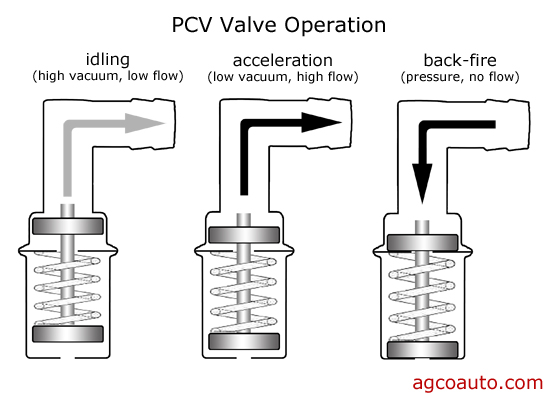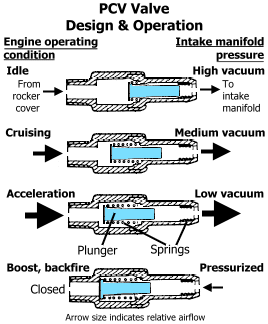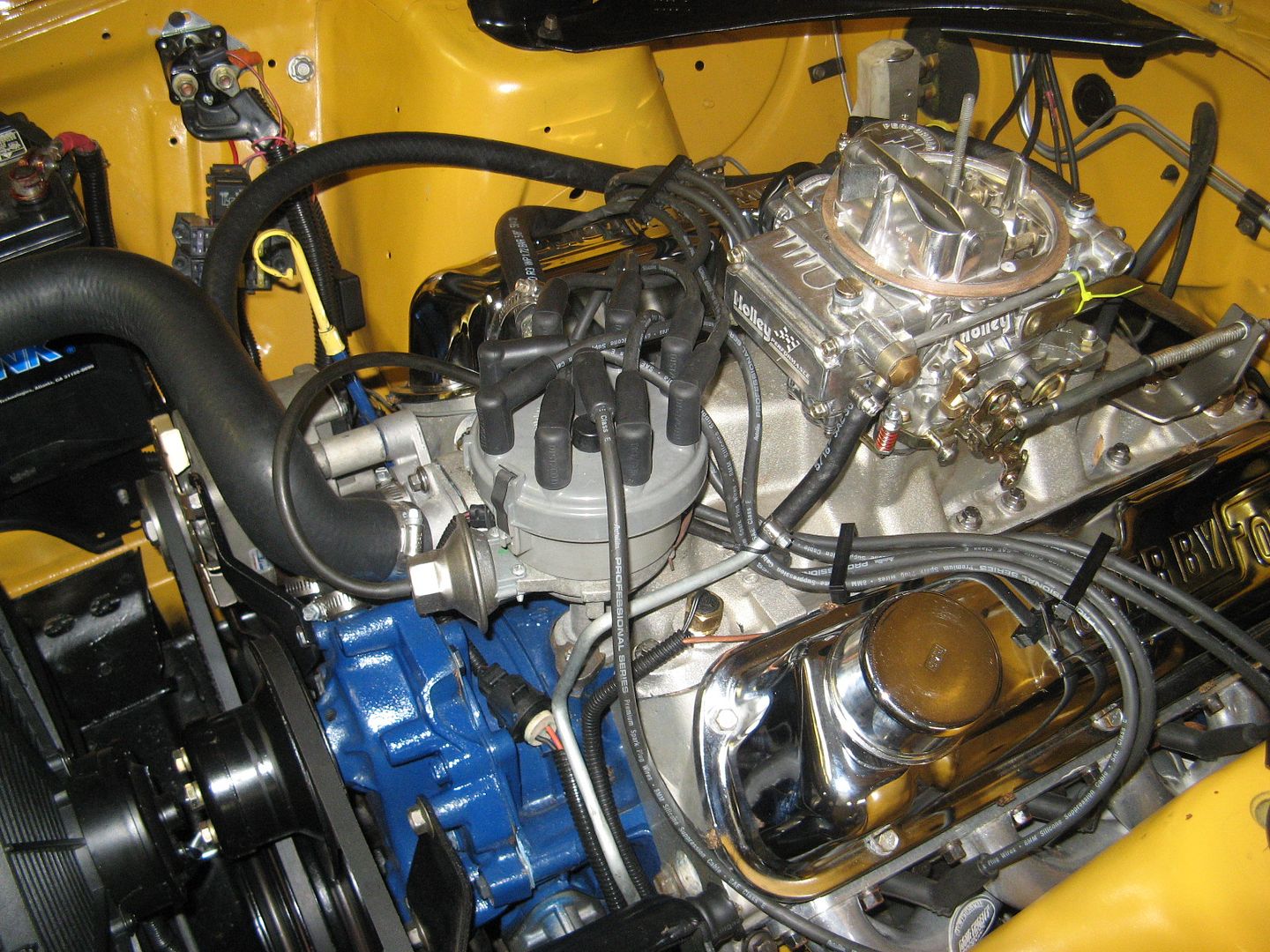Originally Posted By: Brad_C
Originally Posted By: zray
However, under the full load condition, flow is minimal because the crankcase pressure does not move a significant volume thru the pcv system in comparison to the flow generated by a vacuum.
What a load of horse hockey. The "volume through the PCV system" is mostly comprised of blowby and blowby is at its maximum at full load when you have no vacuum.
Wrong. Although blow by is at its greatest when the engine is under full load, it isn't moving thru the PCV system in any great volume for two reasons
1) the PCV valve is mainly closed in that scenario
2) without a vacuum the blow by gasses are just relying on crankcase pressure to move thru the partially closed valve.
This is why many race cars have an exhaust crankcase evacuation system, they work ALL time to effectively reduce crankcase pressure, especially during times of little to no vacuum when a PCV system isn't doing much to relieve crankcase pressure. Think about it, If the PCV system was effective at relieving crankcase pressure these racers would not be going to the trouble to plumb an exhaust crankcase evacuation system, would they ?
The PCV doesn't need ANY blow by to move a significant volume of air thru the valve. Most of the time clear air is being circulated thru the PCV system, and not much blow by from the combustion process. There is a clean air source thru the air cleaner for. The PCV system to pull from, and that's where the air comes from that is circulated thru the PCV system.. Perhaps that's where you are confused ?

Z










